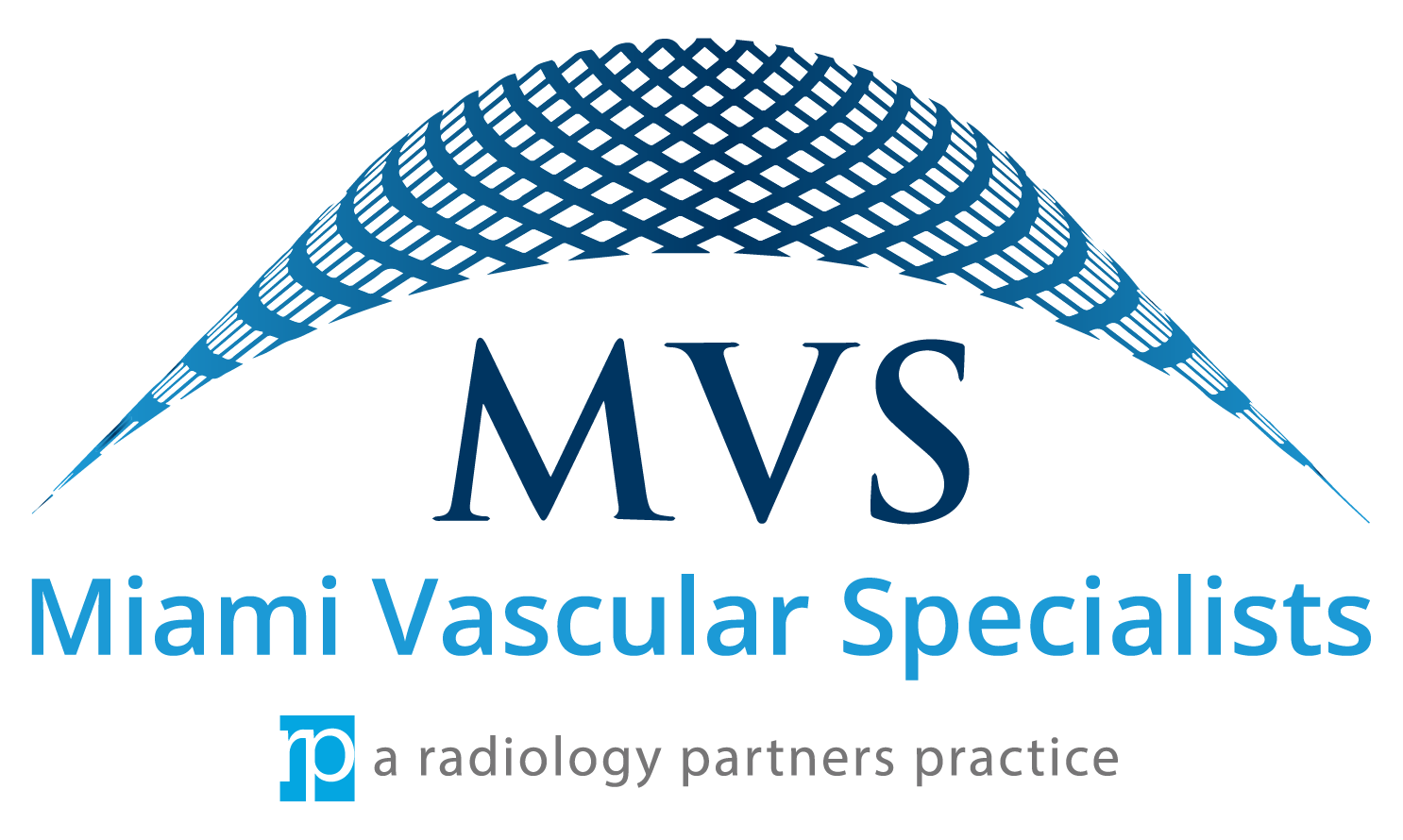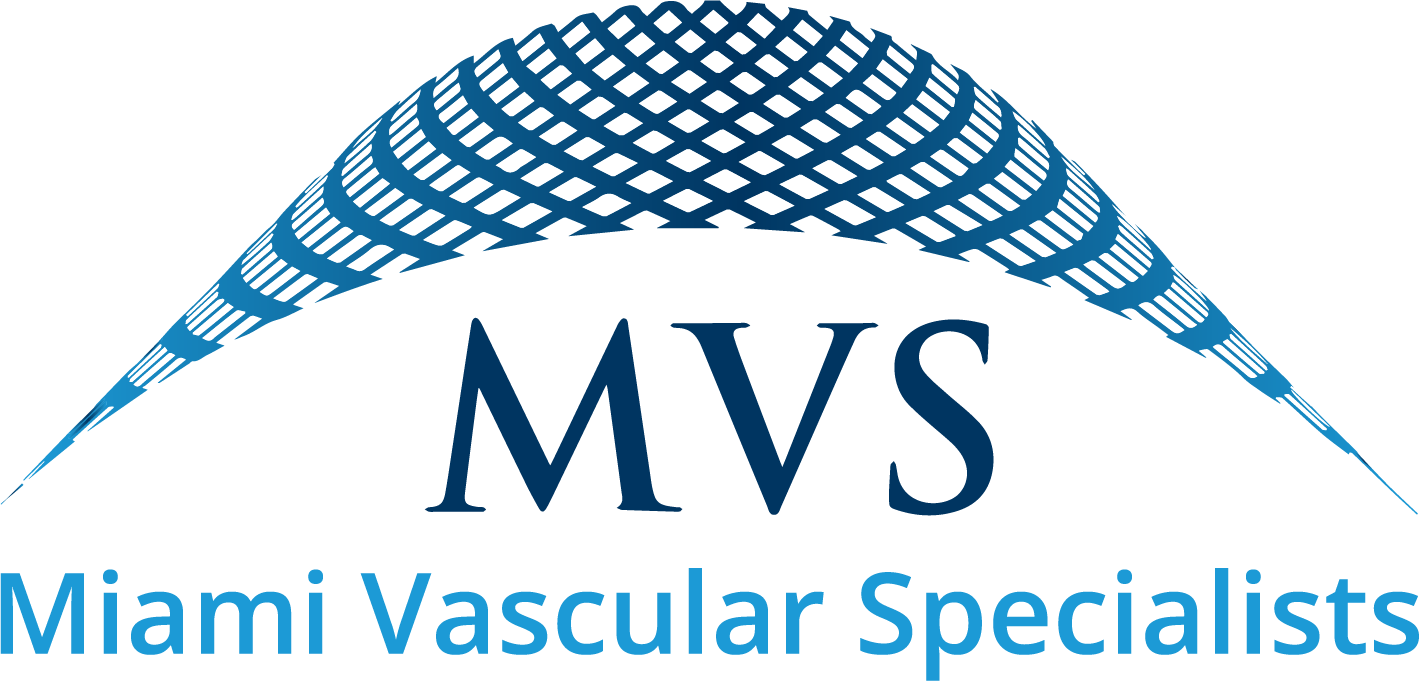Interventional Oncology
Interventional oncology (IO) provides treatment for cancer and cancer-related conditions through the use of targeted, minimally-invasive therapies with advanced image-guided technology.
Interventional oncology (IO)provides treatment for cancer and cancer-related conditions through the use of targeted, minimally-invasive therapies with advanced image-guided technology. The therapies are often faster, safer and less painful than invasive surgical options. Interventional oncology is becoming the fourth pillar in multidisciplinary cancer treatment, working closely with medical oncology, surgical oncology and radiation oncology. This team approach includes prevention, early detection, state-of-the-art procedures, patient support, clinical research and long-term patient follow-up.
Treatment
The majority of these minimally invasive treatments occur on an outpatient basis using sophisticated imaging technology to perform intricate and often complex procedures.
The scope of interventional oncologic interventions includes:
Percutaneous Tumor Ablation
Radiofrequency ablation, microwave ablation and cryoablation are used to burn or freeze tumors in the lung, liver, kidney, bone and other organs. Results from clinical studies have shown that ablation is preferred to surgery for several types of tumors.
Chemoembolization
A minimally invasive procedure to treat deliver chemotherapy and occlusive agents directly to arteries that feed a tumor. Chemoembolization is typically performed for liver cancer and metastatic liver disease and is used to destroy tumors and improve survival.
Radioembolization/Selective Internal Radiation (SIRT)
A minimally invasive therapy used intra-arterially to deliver radioactive yttrium-90 particles to treat primary and metastatic liver cancer. This therapy has minimal side effects and is often effective even after chemotherapy has failed.
Interventional Pain Management
Procedures such as epidural injections, celiac plexus neurolysis, nerve blocks, ablation and vertebroplasty are used to reduce or relieve pain and improve a cancer patient’s quality of life.
Additional interventions include:
- Image-guided biopsy
- Port placement for systemic chemotherapy administration
- Procedures to control malignant ascites and pleural effusions
- Biliary drainage and stenting for patients with malignant biliary obstruction and jaundice
Benefits
Interventional oncologic treatments are transforming oncologic diagnosis and treatment paradigms to allow for less invasive oncologic treatment options, decreased duration of hospitalization and increased patient safety and efficacy. These innovations have been proven to destroy tumors, slow disease progression, increase survival, and in some cases, cure cancer. Many treatments can be performed together with systemic chemotherapy. They may also benefit patients who are not responding to chemotherapy or who are unable to receive chemotherapy due to significant side effects. These minimally-invasive therapies can even help shrink tumors to allow for curative surgery that otherwise would not be possible.

